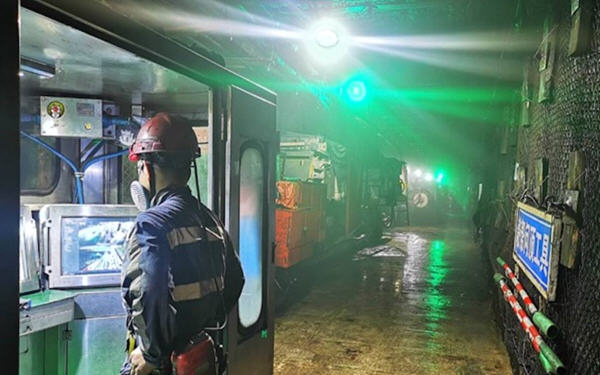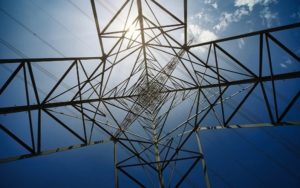More Than 800 Miners Have Adopted Huawei AI-based Pangu Mining

A year after the launch of Chat GPT and its competitors, such as Google Bard and Microsoft Copilot, it looks like artificial intelligence (AI) has begun to take root and drive changes in many industries.
Just last month, Silicon Valley unicorn KoBold Metals used AI (Artificial Intelligence) technology to discover huge copper reserves at the Mingomba Copper Project in Zambia.
This is not only a major breakthrough in the field of mining exploration, but also a milestone in the mature application of AI technology in the field of resource development.
And behind KoBold Metals is Breakthrough Energy Ventures, a fund founded by some of the world’s most prestigious billionaires today, including Bill Gates, Amazon‘s Bezos, Alibaba’s Jack Ma, and Michael Bloomberg.
At last week’s MWC Barcelona, an annual trade show dedicated to the mobile communications industry, MINING.COM was invited by telecommunications giant Huawei as the first mining media outlet to attend MWC to see the sensors, smart cameras and 5G relay boxes ready to be deployed to mines around the world.
Jack Chan, Huawei’s vice president of global marketing and solutions for the mining and oil and gas industry, said that in China, there are nearly three million coal miners working in 4,400 coal mines, large and small, which are all underground and often subject to fatal accidents.
Huawei’s technology mission to bring workers out of the pit and into a room with screens displaying numbers, charts and images, which is in line with the expectations of China’s younger generation to work in the mines, as well as the Chinese government’s goal of essentially digitizing all coal mines by 2035.
Extraction, personnel location and hazard detection data are all centralized in a system designed to eliminate problems caused by human error and miscommunication, Chan noted. Robots instead of people will patrol in dark, narrow underground tunnels for inspections.
Huawei launched the Pangu Mining Model in July last year, with the goal of allowing AI to replace humans in dangerous work and repetitive labour, precipitating expert experience and playing an important role in the fields of intelligent production, equipment management, safety operations and operational decision-making in mines.
It has already launched scientific research in 256 mining application scenarios in 16 categories, such as digging, integrated mining and transport, and has achieved stage-by-stage results.
Chile’s Codelco – the world’s largest copper miner – has also adopted Huawei’s solutions with the aim of turning around underperforming mines and projects. The state-owned copper mining giant is looking to prioritize production areas by streamlining its organization at a time when copper production is at its lowest level in 25 years.
Speaking at MWC Barcelona 2024, Jason Liu, president of Huawei’s Learning and Authentication Services, said that in the age of intelligence, only by combining AI technology with industry knowledge and the valuable data accumulated by enterprises can we accelerate digital intelligence transformation. Huawei’s Pangu Mining detects problems, informs of their location and characteristics, and provides suggestions for solutions. The application is predictive and can fill in gaps at a very deep level.
In the future, AI will enable mining companies to become insight-driven businesses that use data to make faster, more accurate decisions, improve health and safety, increase efficiency by eliminating errors, and reduce operational footprints.
Worldwide, more than 800 mining companies have already adopted Huawei’s mining solutions.
AI
Coal
Mining
Oil & Gas








